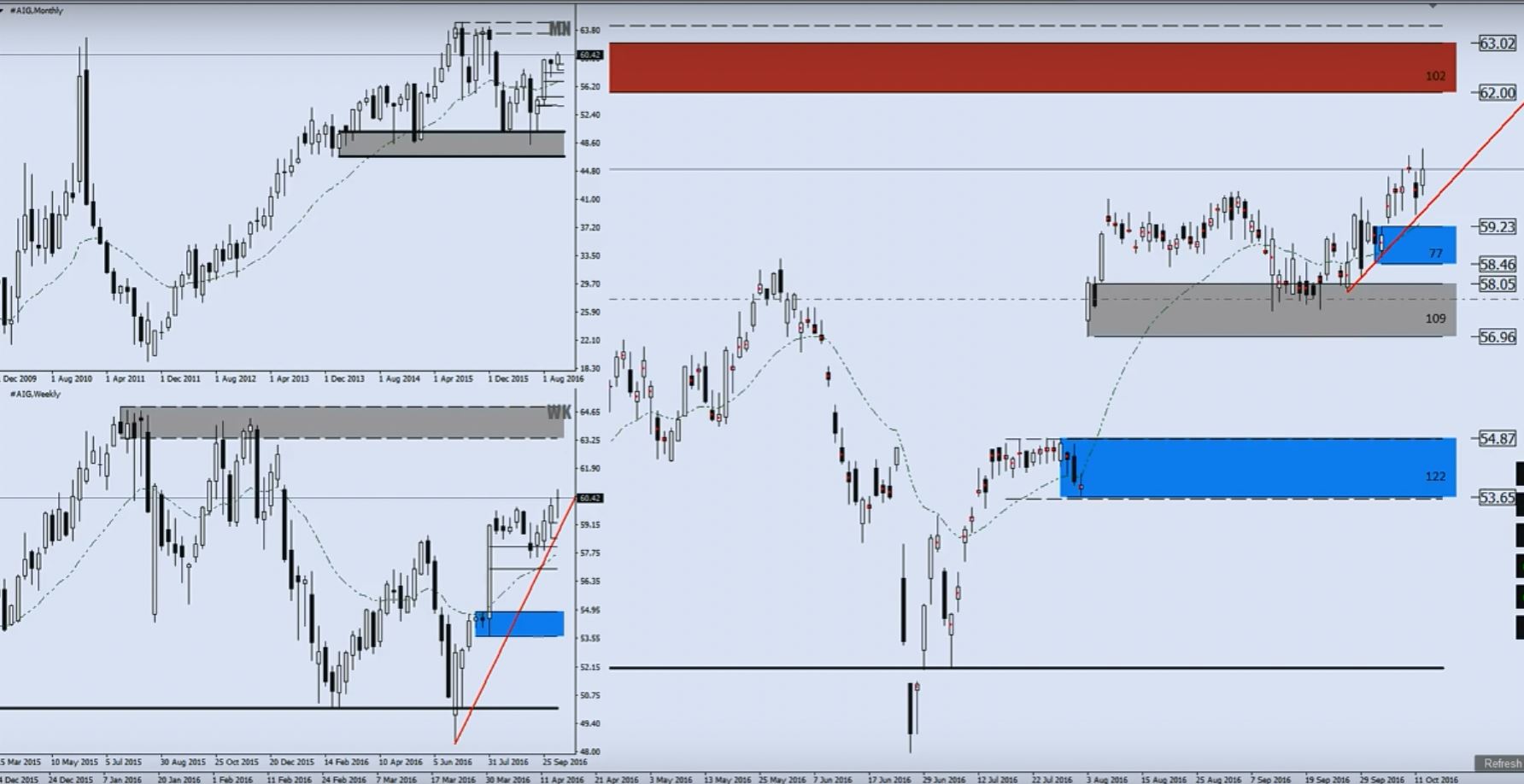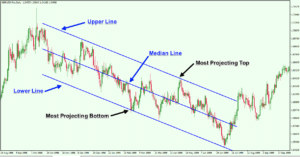You’re ready to get your hands dirty with some examples now that you understand how some of the most common chart indicators work and we are putting it all together.
We are now combining a few of these indicators and observing how their trade signals perform.
In an ideal world, we could choose only one of these indicators and trade solely on the basis of that indicator’s findings.
The issue is that we do not live in an ideal world, and each of these indications has flaws.
As a result, many traders use several indicators in order to “screen” each other.
They may use three distinct indicators, but they will not trade unless all three of them offer the same signal.
Stochastic + Bollinger Bands
The Bollinger bands and the Stochastic are shown on the EUR/USD 4-hour chart in this first example.
We should be on the lookout for the Bollinger bounce because the market appears to be ranging or drifting laterally.

Look at the Bollinger bands and the Stochastic for those sell indications.
The EUR/USD rose until it reached the top of the band, which is normally a resistance level.
At the same time, the Stochastic reached overbought territory, indicating that the price may soon fall.
So, what happened after that?
If you had taken the short trade, the EUR/USD would have fallen by roughly 300 pips, and you would have profited handsomely.
Later, the price made touch with the band’s bottom, which is normally used as a support level.
This suggests that the pair may be able to improve from here. We should go long if the Stochastic is at the oversold level.
You would have made roughly 400 pips if you had taken that transaction! That’s not awful!
MACD + RSI
Here’s another example, this time utilizing the RSI and MAC

When the RSI entered overbought territory and signaled a sell, the MACD quickly followed with a downward crossover, signaling a sell. As you can see, the price began to decline from there.
Multiple indicators are fantastic!
Later, the RSI sank into the oversold level, signaling a buy. The MACD produced an upward crossover a few hours later, which is also a buy signal.
From there, the price continued to rise steadily. Yippee, more pips for us!
You’ve probably observed that the RSI delivers indications before the MACD in this case.
Technical indicators have different qualities and magic formulas, thus some give early signals while others are a little later.
As you progress as a trader, you’ll learn which indicators are most effective for you.
We have a preference for MACD, Stochastic, and RSI, but you may have a different preference.
Every trader has attempted to uncover the “magic combo” of indicators that will consistently provide them with the correct signals, but the truth is that there is none.
We recommend that you study each indication separately until you understand how it reacts to price movement, and then create your own custom combination that you understand and that matches your trading style.
Later on, we’ll show you an example of a system that we are putting it all together with multiple indications to demonstrate how they can work together.
Looking for a highly rated forex fund manager?
Fx Pips Guru has a strong group of forex experts who are managing forex accounts of our clients from different brokers dedicatedly. Just hire our forex fund managers here: https://www.fxpipsguru.com/forex-fund-manager/.




